
It’s hard to imagine a much better showcase for the Macau Grand Prix in the event’s brave new Formula Regional era than the conclusion to last Sunday’s main race.
A stunning double overtake on the run down to Lisboa allowed Theo Nael to beat his team-mate Mari Boya to become only the second winner of the FIA Formula Regional World Cup, which debuted last year in less than auspicious fashion.
The 2024 Macau Grand Prix, with its terrible typhoon-impacted weather and what felt like a never-ending sequence of crashes in practice, qualifying and the races themselves, were not the best advert for the switch from FIA Formula 3 machinery to slower Formula Regional cars, a move that was not widely welcomed by fans when it was first announced.
But, after a much more satisfying spectacle this time around, there appears to be a growing acceptance within the paddock not only that Formula Regional is here to stay, but also that, despite the initial disappointment felt by some and inevitable nostalgia for the F3 era, that the new formula is just as capable of providing the stars of tomorrow with the platform they need to shine.
Emanuele Pirro, who serves as the President of the FIA’s single-seater commission, told select media at Macau including Autosport that he could understand why the decision to ditch F3 wasn’t universally popular, but was adamant it was the right move to secure the event’s future.
“Motorsport is a traditional sport, and I can’t recall any change that was welcomed in the beginning, even good changes,” Pirro admitted. “But if you look at the history of Macau, it started with Formula 2, or Formula Pacific, and then it went to Formula 3.
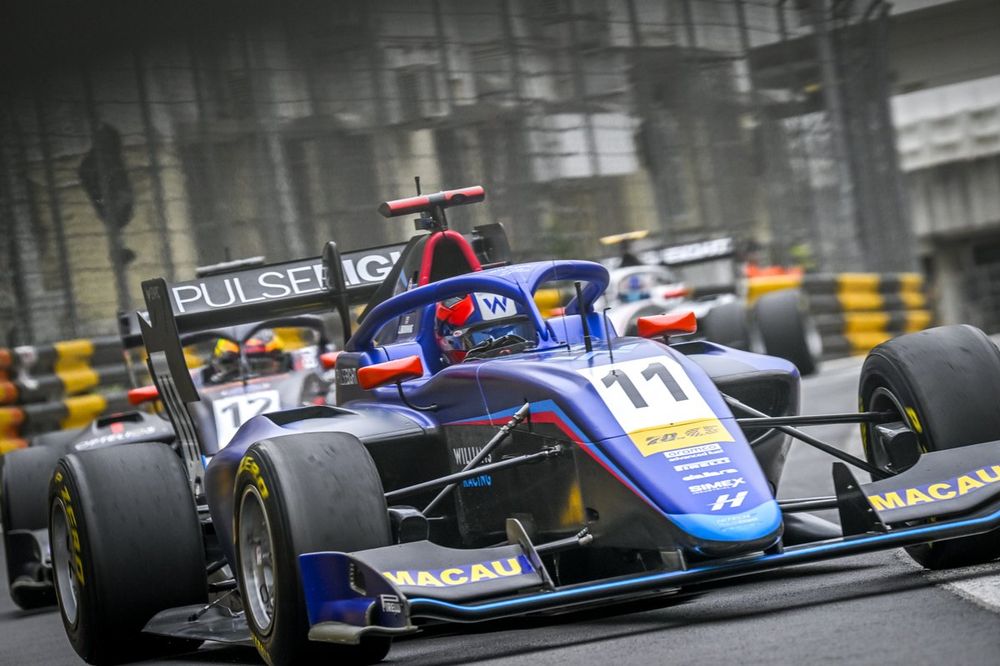
“In 1984, a journalist might have asked, ‘why are we not racing Formula 2 anymore?’ I think it’s inevitable. Everything comes with a price. For the privilege of having a circuit that has been unchanged throughout its history, the price to pay is to go with cars that can still be reasonably safe. I think Formula Regional provides a good balance in terms of speed.”
Lap times from last weekend’s main race were in the 2m16s range, around 10 seconds slower than those seen in the last year of FIA F3 machinery in 2023. Historically, that puts the Formula Regional cars on a rough par with Formula 3 cars from the late 1990s. But from a safety point of view, the speeds heading down to Lisboa are the main concern.
With the tow, speeds in excess of 290km/h (180mph) were commonplace in 2023, but the switch to Formula Regional has brought those back down to the 260km/h (162mph) range.
Prema boss Rene Rosin, who knows all about success in F3, doesn’t see the change as negative. “Maybe there are some people who are nostalgic for F3, but in the end, Formula Regional brings back the power-to-weight ratio to roughly where it was before,” Rosin told Autosport. “And to be honest, the current [FIA] F3 cars were probably a bit too fast.”
Equally, Boya - one of two drivers in this year’s field along with Charlie Wurz who were part of the field in 2023 - admitted the speeds that year were “scary”, but doesn’t feel the challenge has been diminished with the move to slower cars.
The Aston Martin junior driver told Autosport: “Macau is a super-special experience and I enjoy it a lot. It’s a really good challenge to adapt to a different car and a different way of driving, even if it’s a step down. I feel a driver needs to be able to do this kind of thing.”
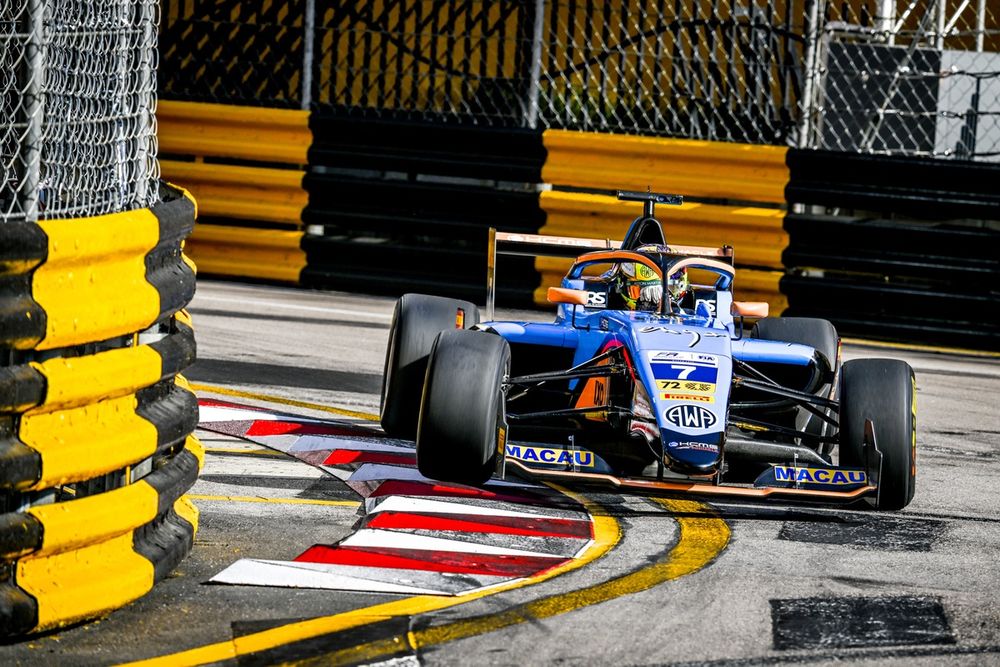
Alex Wurz, who was present at Macau to watch both of his sons Charlie and Oscar, gave a similar view. “What you learn here in terms of car control, self-control, the highs and lows is equivalent to at least half a season of normal racing,” he told Autosport. “It’s outstanding. It makes every other track you race on feel pretty average, even Monaco.
“Maybe the most suitable car for this track would be the Euroformula Open car [Dallara F320], because you get more grip in the corners without very high top speeds, but the Regional car is still quick enough, faster than the F3 of the old days.”
It’s also worth adding that the move to Formula Regional was not motivated purely by safety concerns. One common criticism levelled towards Macau in the FIA F3 years was how it had become effectively a non-championship round of the international series, with all the same teams and not many drivers coming in who weren’t already F3 full-timers.
That has changed with the World Cup concept, with Pinnacle Motorsport and Evans GP coming from the Middle East championship and TOM’S from the Japanese series, with a resulting influx of drivers from outside of the core Formula Regional European regulars.
“The concept of a World Cup fits much better with Formula Regional,” said Rosin. “There are 27 cars participating in the event, there are teams from Japan and Asia. If I look at the old F3, in 2018, there were no more British teams from outside the European championship and the Japanese teams were not as strong as they had been before.”
Jun Yamada, the technical boss of TOM’S who also masterminds the squad’s Super Formula and Super GT operations in Japan, added: “Whatever you think about it, ‘classic’ F3 doesn’t exist any more, and even though you can’t adjust these cars as much as you could before, it’s still Macau, it’s still a World Cup, and it’s important for us to be here.”
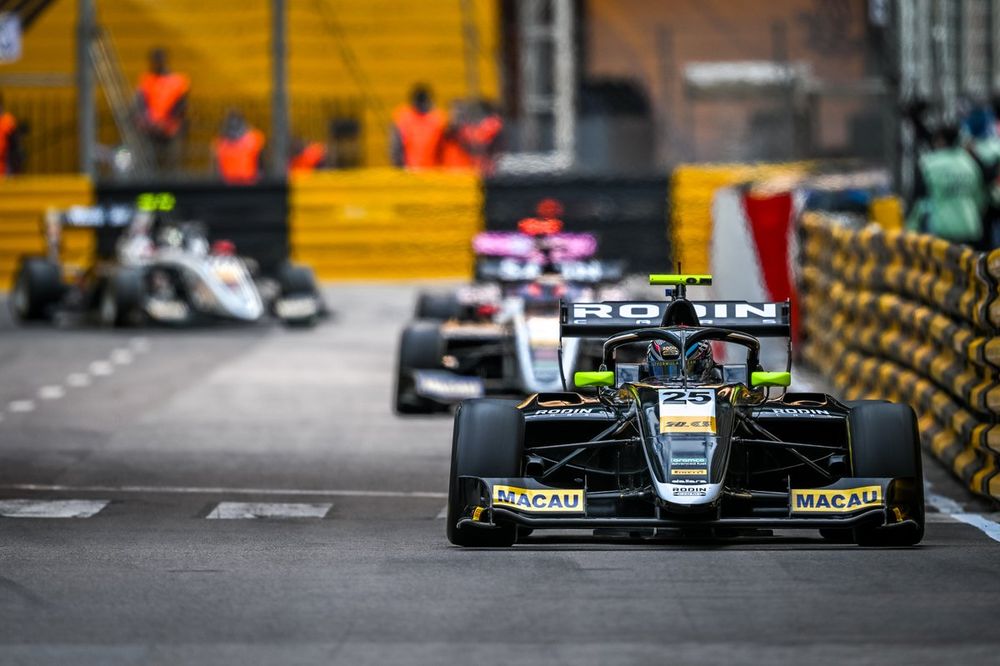
Privately, some in the paddock admit the Formula Regional branding is somewhat confusing for the viewing public. The fact that the FIA is pushing ‘FR’ as an abbreviation instead of using its full name could be interpreted as proof the governing body shares this view.
Besides that, if there’s one thing Macau arguably misses now, it’s the presence of true star drivers taking multiple steps down the ladder from their regular categories in search of glory - as seen with Dan Ticktum and Marcus Armstrong as recently as the 2023 race.
While there were several drivers stepping down from F3 level to race at Macau last weekend, Pinnacle team-mates Nael and Boya included, the FIA has moved to limit eligibility to drivers who have competed in no more than three races at Formula 2 level or higher. That effectively rules out full-on professional drivers like Ticktum and Armstrong from racing at Macau again.
It also means that Boya, who is set to move up to F2 next season, will not get another shot at the victory he so craves unless the rules are changed.
“We decided to open the door to some [drivers stepping down], but also we have to keep room for the current Formula Regional drivers, because this is their stage,” said Pirro. “You have to find a compromise, and this is the compromise we decided on.”
In any case, it seems doubtful many of the 116,000 spectators (up from 101,000 last year) who witnessed the action would have been put off by the change to Formula Regional.
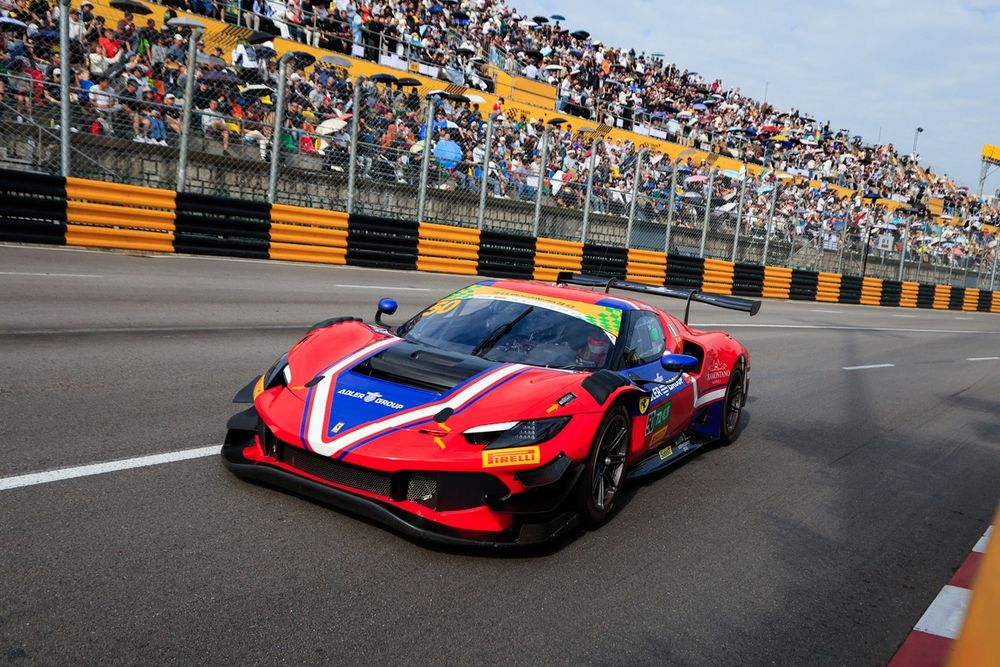
Now more so than ever, Macau is a real multi-event affair, with the FIA GT World Cup well established alongside the motorcycles, Guia Race for TCR cars and the more esoteric GT and touring car races that give the event much of its local and regional flavour.
On this front, one significant change for this year was the establishment of the FIA Formula 4 World Cup that saw 20 of the category’s top competitors from various F4 series worldwide invited to do battle using an ‘arrive-and-drive’ format with centrally-run cars.
With less downforce, the F4 cars proved just as entertaining to watch as their faster counterparts, perhaps even more so, as Jules Roussel took home the spoils following an intense duel with fellow French racer Rayan Caretti that ended in a crash for the latter.
And the chances are that many of the drivers that featured in the F4 field - including second-generation racers Sebastian Wheldon and Rintaro Sato, as well as F1 star Oliver Bearman’s younger brother Thomas – will be back in years to come in Formula Regional cars, having already gained valuable Macau experience.
That, in turn, should ensure future Formula Regional World Cup fields feature fewer Guia Circuit rookies, meaning fewer crashes and a better spectacle all round. The disappointment written all over Boya’s face in the wake of his narrow defeat to his team-mate Nael on Sunday said it all: victory at Macau still matters.
Only time will tell what impact the likes of Nael and Roussel will see in their careers as a result of their success last weekend, but no matter the car, it’s the track itself, the atmosphere and 72 years of history that makes the event special.
F3 cars had a 40-year run providing the headline at Macau – and there’s no reason why, as long as the category thrives elsewhere, Formula Regional couldn’t have a similar run.

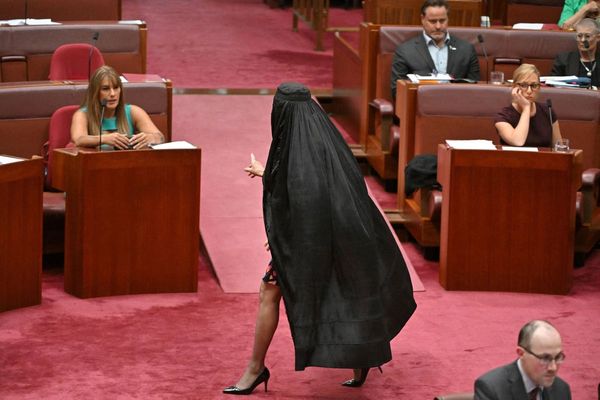
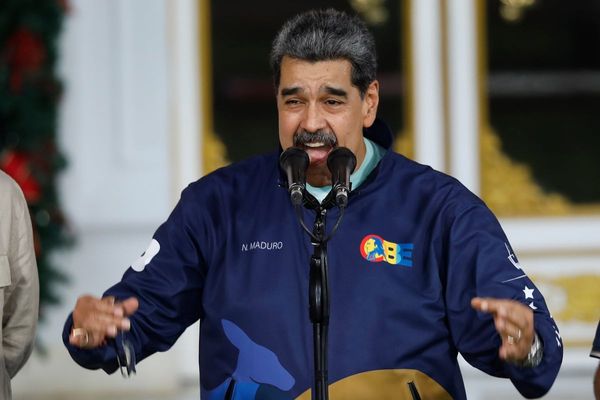


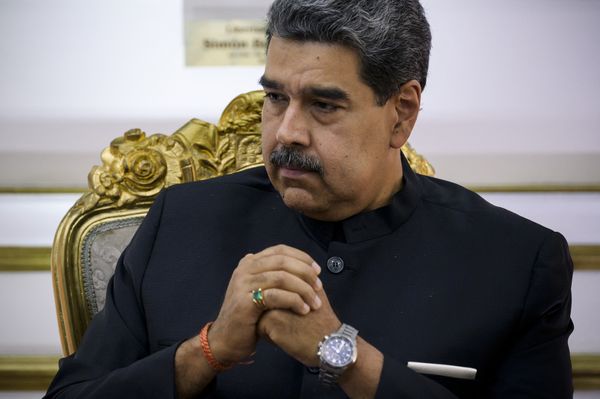


Read and post comments